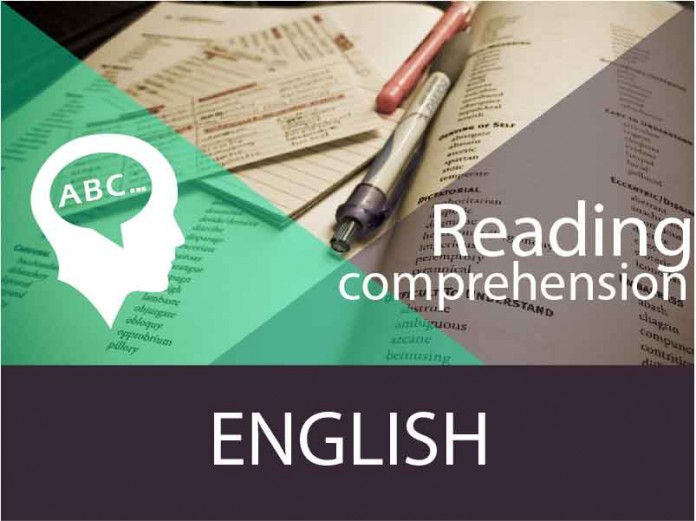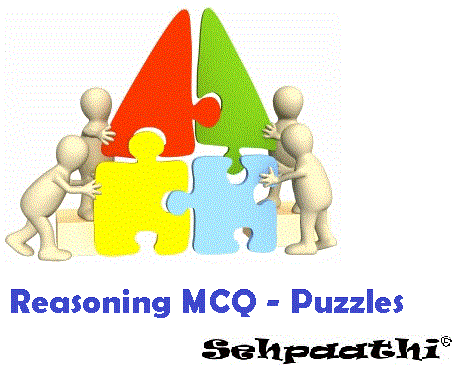ENGLISH-Reading Comprehension Practice Set – 21
As Banking EXAMS like SBI Clerk, SBI PO, IBPS Clerical, IBPS PO and SSC CGL 2018 exam is on the way. So, for the practice of candidates here we are providing English RC Practice set to boost up your preparation.
Read the following passage carefully and answer the following questions given below it.
Today, with a Noble prize to its credit, Grameen is one of the largest microfinance organisations in the world. It started out lending small sums to poor entrepreneurs in Bangladesh to help them grow from a subsistence living to a livelihood. The great discovery its founders made was that even with few assets, these entrepreneurs repaid on time. Grameen and microfinance have since become financial staples of the developing world. Grameen’s approach, unlike other microfinanciers, uses the group-lending model. Costs are kept down by having borrowers vet one another, typing together their financial fates and eliminating expensive loan officers entirely. The ultimate promise of Grameen is to use business lending as a way for people to lift themselves out of poverty.
Recently Grameen has taken on a different challenge – by setting up operations in the US. Money may be tight in the waning recession, but it is still a nation of 1,00,000 bank branches. Globally, the working microfinance equation consists of borrowing funds cheaply and keeping loan defaults and overhead expenses sufficiently low. Microlenders, including Grameen, do this by charging colossal interest rates – as high as 60% or 70% – Which is necessary to compensate for the risk and attract bank funding. But loans at rates much above the standard 15% would most likely be attacked as usurious in America.
So, the question is whether there is a role for a Third World lender in the world’s largest economy. Grameen America believes that in a few years it will be successful and turn a profit, thanks to 9 million US households untouched by mainstream banks and 21 million using the likes of payday loans and pawn ships for financing. But enticing the unbanked won’t be easy. After all, profit has long eluded US microfinanciers and if it is not lucrative, it is not microlending, but charity. When Grameen first went to the US, in the late 1980s, it tripped up. Under Grameen’s tutelage, banks started microloans to entrepreneurs with a shocking 30% loss. But Grameen America says that this time results will be different because Grameen employees themselves will be making the loans, not training an American bank to do it. More often than not, the borrowers, Grameen finds, in the US already have jobs (as factory workers for example) or side businesses – selling toys, cleaning houses etc. The loans from Grameen, by and large, provides the steadier source of funding, but they don’t create businesses out of anything. But money isn’t everything. More importantly for many entrepreneurs, group members are tremendous sources of support to one another. So even if studies are yet to determine if Grameen is a clear-cut pathway out of poverty, it still achieves something useful.
 Q1. What has adversely affected the success of microfinance institutions in the US?
Q1. What has adversely affected the success of microfinance institutions in the US?
(a) The focus of these institutions is on making a profit at any cost instead of being charitable to the needy.
(b) American banks engaged in microlending were the most severely hit during the recession.
(c) A widespread perception among bankers that these institutions are better suited to developing countries.
(d) Their failure to attract those outside the formal banking system as customers
(e) Americans are too proud to accept aid from Third World countries.
Q2. Why has Grameen made a second attempt to launch itself in the US?
(a) The willingness of US banks to provide the necessary staff and funds to facilitate the spread of microfinance
(b) The rates of interest on loans in the US are exorbitant, making it easier to recover capital.
(c) The realization that a large percentage of the American population not reached by mainstream banks can be trapped
(d) Recognition of the fact that disbursing credit in developing countries during the recession is too risky.
(e) None of these
Q3. Which of the following can be inferred from the passage?
(a) Microfinance has been successful only in Asian countries.
(b) Microfinance makes individual borrowers dependent rather than independent.
(c) America has the largest number of banks in the world.
(d) There is scope for microfinance institutions to be profitable in developed countries.
(e) There are no informal sources of credit in developed countries.
Q4. Which of the following is most similar in meaning to the word “ELUDED” as used in the passage?
(a) Avoided
(b) Duped
(c) Abandoned
(d) Intangible
(e) Betrayed
Q5. Which of the following is most opposite in meaning to the word “COLOSSAL” as used in the passage?
(a) Short
(b) Lavish
(c) Minority
(d) Frugal
(e) Insignificant























